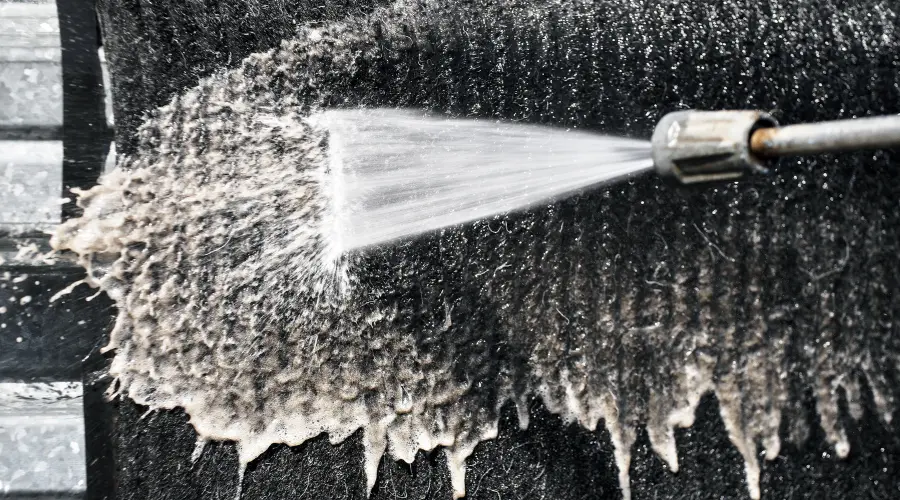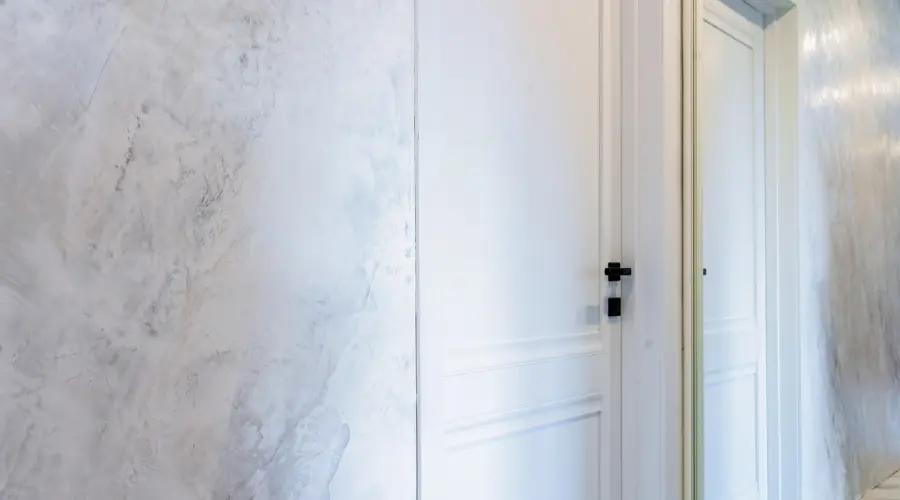Key Takeaway
- Choosing the best paint for a bedroom involves more than just aesthetics. The right color influences your mood, sleep quality, and overall well-being.
- Make an effort to design a room that expresses your personal flair. while promoting comfort and relaxation.
Why Bedroom Paint Matters
Your bedroom is more than just a sleeping area—it’s your sanctuary. Given that the average person spends about 33 years of their life in bed, the ambiance of this space significantly impacts your emotional and physical health. The right paint color can help you feel relaxed, invigorated, or balanced, creating an environment where you thrive.
Factors to Consider When Choosing Bedroom Paint
Think About the Mood You Want
Paint is a tool to convey mood. Whether you desire a tranquil retreat, an energizing space, or a balance between the two, your chosen colors will set the tone.
- Relaxation: Soft tones like pale blue, lavender, or light gray create a calming atmosphere.
- Energy: Vibrant hues such as yellow or coral add a lively vibe.
- Balance: Earthy greens or taupes provide harmony, which is perfect for unwinding while maintaining vitality.
A Calm, Soft Mood
For a peaceful escape, pastel colors work wonders. Soft pinks, muted lavenders, or light blues foster a calming environment. These hues invite the bedroom, perfect for relaxation and thoughtful moments.
Pro Tip: Incorporate complementary bedding or decor in neutral shades to amplify the tranquility of pastel walls.
Make the Most of a Small Space
Dark colors like deep navy or charcoal might seem unconventional for a bedroom but can make smaller spaces feel more expansive. Pair them with lighter bedding and accessories to balance the boldness and maintain visual harmony.
Cool and Peaceful Tones
Cool tones like icy blue, mint green, or gray blue are excellent for a serene atmosphere. These colors mimic the calming effect of nature and pair well with cooler room temperatures, ideal for restful sleep.
> Sleep Fact: Experts recommend keeping your bedroom between 60–67°F for optimal rest. Cool-toned walls align with this advice to create a harmonious environment.
Energy, Balance, and Nature
Green is a versatile color for bedrooms, offering a mix of vibrancy and calm. Its association with nature makes it ideal for creating a grounded, rejuvenating space. Shades like sage or forest green work well in modern and traditional designs, enhancing the room’s overall aesthetic.
Accent Colors and Subtle Additions
If committing to a full wall color feels daunting, incorporate your favorite hues as accents. A bold red or mustard-yellow accent wall can inject energy into the room without overwhelming it. Alternatively, consider paneling or chair rails for a dual-tone effect that adds depth and sophistication.
> Idea: For a cohesive look, use small decorative pieces—like throw pillows or framed artwork—in the same accent color.
Professional Help Can Make a Difference
Selecting the perfect paint for your bedroom isn’t just about picking a color; it’s about creating an experience. At CCT Apex House Painting in North Carolina, we specialize in transforming spaces into havens of comfort and style. Our experienced staff can help you choose the best shades and finishes to align with your vision.
Frequently Asked Questions
1. What’s the most relaxing bedroom paint color?
Soft hues like lavender, baby blue, or light gray are most relaxing. They promote calmness and are ideal for creating a restful environment.
2. Can dark colors work in small bedrooms?
Yes! When used thoughtfully, dark colors can make small bedrooms feel more expansive. Pairing them with light-colored decor balances the look.
3. Are bright colors like red or yellow suitable for bedrooms?
Bright colors can work as accents, adding energy without overwhelming the space. Avoid painting the entire room in overly stimulating shades, which might interfere with relaxation.
4. What finish is best for bedroom walls?
Matte or eggshell finishes are ideal for bedrooms. They provide a soft, non-reflective look and are easier to maintain than flat finishes.
5. How often should I repaint my bedroom?
The average bedroom paint job lasts 5–10 years, depending on wear and tear. If the color no longer suits your style or the walls look worn, it’s time for a refresh.
6. How do I test paint colors before committing?
Purchase sample cans and To examine how the colors appear, paint tiny portions of your wall under different lighting conditions throughout the day.
7. Can I mix cool and warm tones in my bedroom?
Absolutely! Mixing tones adds depth and interest. For instance, pair a cool-toned wall color with warm-toned furniture or accents for a balanced look.
Final Thoughts
Choosing the right paint for your bedroom is an investment in your comfort and well-being. From creating a calming retreat with pastel hues to adding energy through accents, your choices should reflect your personality and needs. Trust the CCT Apex House Painting experts to turn your vision into reality.
Get Started Today
Ready to create your dream bedroom? Contact CCT Apex House Painting in North Carolina for a free quote. Let’s bring your ideal space to life.







